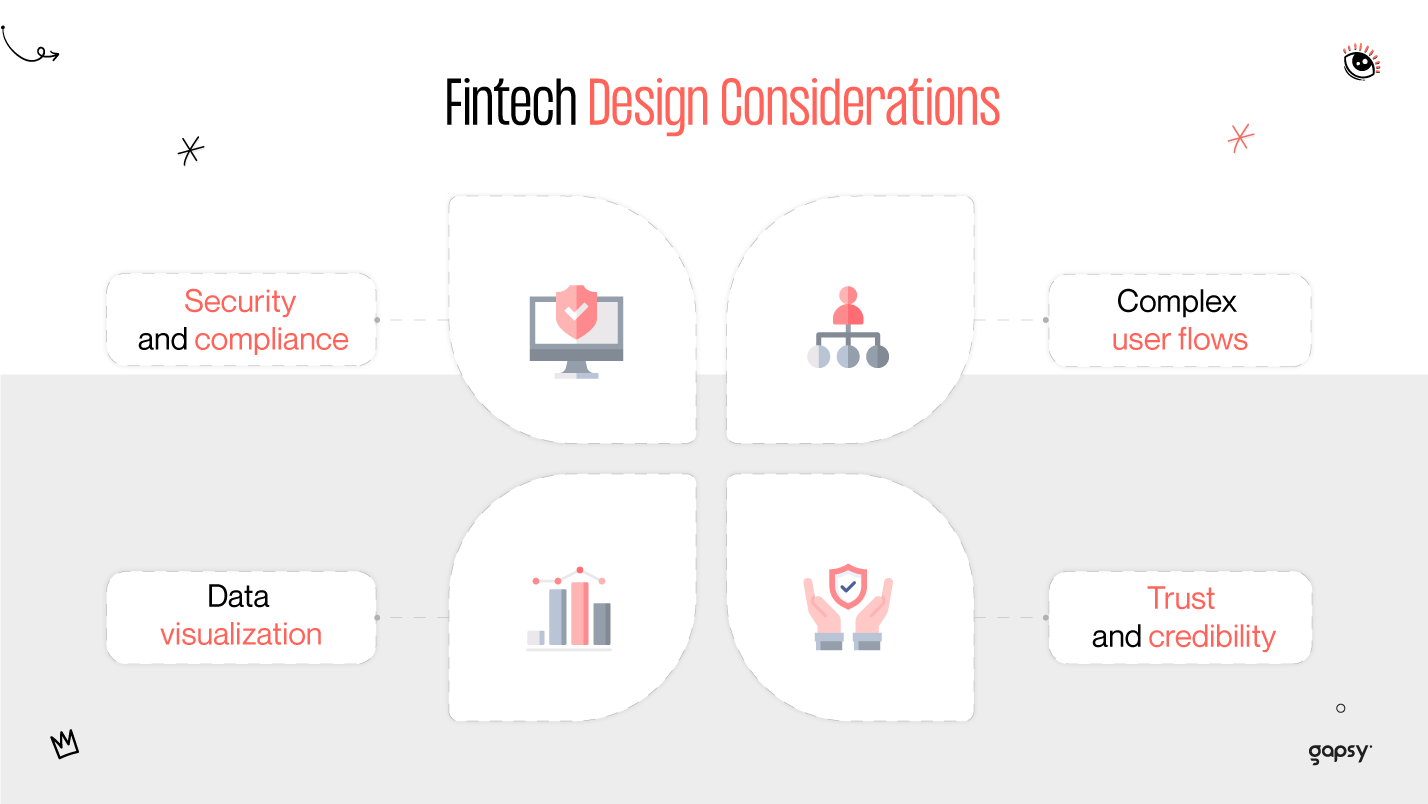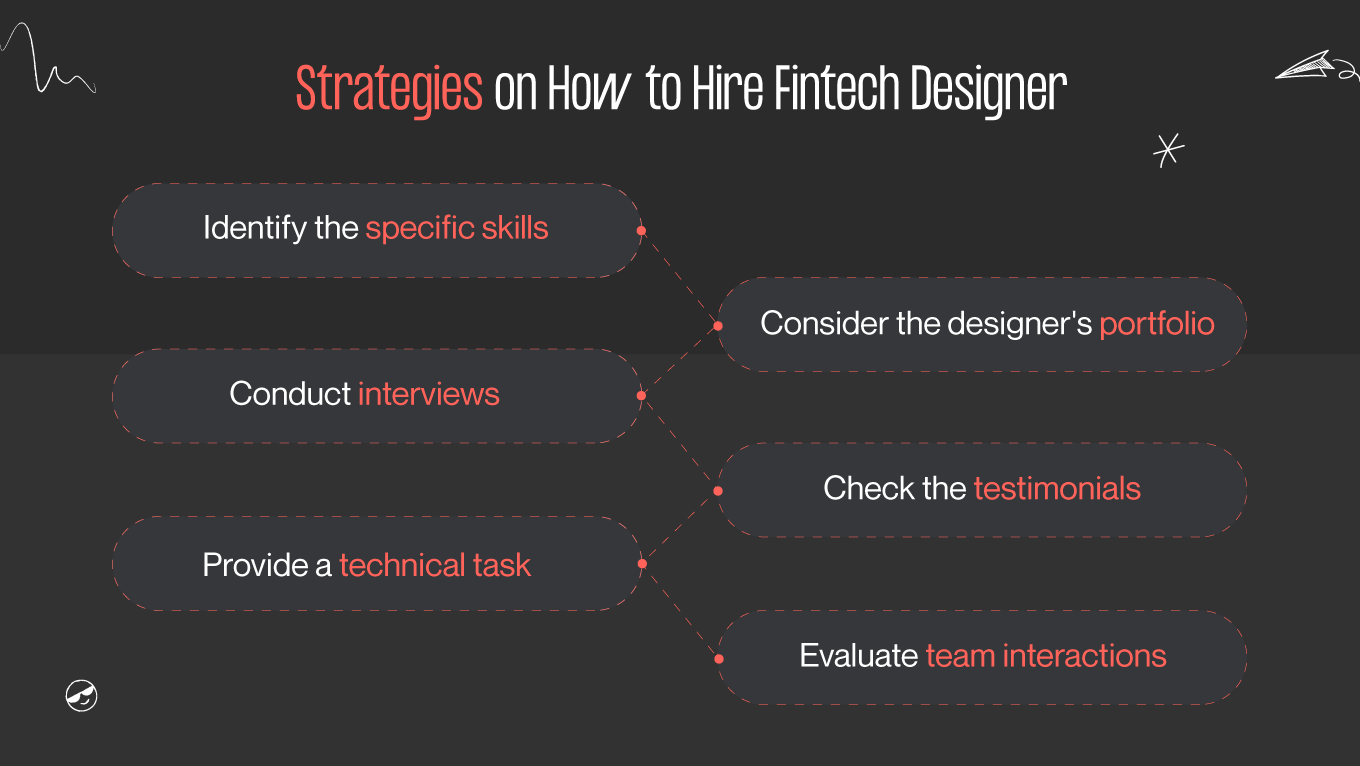Today, the fintech space is worth $179 billion. As the fintech landscape expands and diversifies, the demand for exceptional designers who blend creativity with financial awareness increases. In this dynamic environment, the right fintech designer can enhance innovation, pushing companies to the forefront of the industry and establishing their reputation as pioneers of user-friendly financial solutions. So, how do you hire fintech designers? Keep reading to find out!











